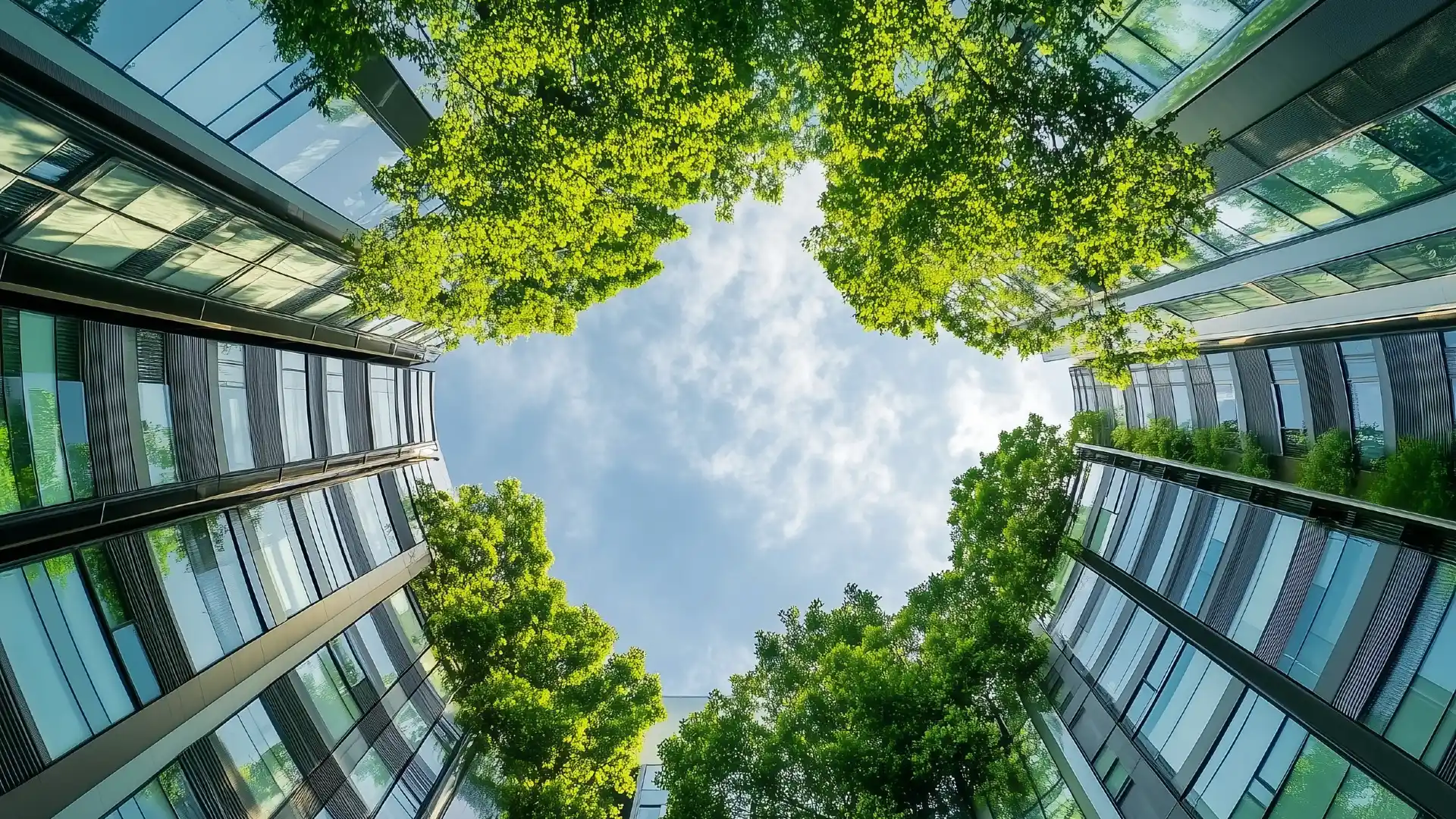Top Five Lighting Trends for 2025: Smart, Sustainable, and People-Centric Innovations

From combatting light pollution to supporting neurodiversity and embracing circular economy principles, here are five of the most exciting lighting trends we expect to see dominate 2025.
1. Dark Skies Lighting: Addressing Light Pollution
Light pollution has become an increasingly urgent issue and there is a growing body of evidence of its impacts on ecosystems and human health.
A 2023 inquiry by the House of Lords Science and Technology Committee revealed that artificial light exposure contributes to a variety of adverse health outcomes, including heart disease.
In 2025, the push for dark skies lighting will intensify as more cities and towns look to adopt solutions that prioritise reducing light spill and glare.
Dark skies lighting focuses on minimising excessive artificial light while maintaining safety and functionality. Innovations in fixtures, such as shielded designs and downward-facing luminaires, ensure light is directed precisely where it’s needed.
Smart lighting systems integrate sensors and timers to dim or switch off unnecessary lighting during nighttime hours, helping to reduce energy consumption and light pollution.
2. Lighting for Neurodiversity: Supporting Inclusivity and Wellbeing
As awareness of neurodiversity grows, lighting design will increasingly focus on creating environments that accommodate a wider range of sensory needs.
Neurodiversity encompasses conditions such as autism, ADHD, and sensory processing disorders, where lighting plays a crucial role in comfort, focus, and emotional regulation.
For individuals with heightened sensory sensitivities, harsh or flickering lights can be overstimulating or distressing. To address this, lighting systems will embrace:
- Flicker-free LEDs: Ensuring a smooth, constant light output to reduce visual discomfort.
- Adjustable colour temperatures and intensity: Dynamic lighting that allows individuals to customise their environment based on their comfort levels, whether at home, in schools, or workplaces.
- Diffused lighting designs: Soft, indirect lighting solutions that reduce glare and harsh contrasts.
The focus on neurodiverse-friendly lighting represents a broader shift toward inclusivity in design - one that acknowledges the diverse ways people experience, and interact with, their environments.
3. Remanufactured Lighting: Embracing the Circular Economy
Sustainability will continue to dominate the lighting industry in 2025, with a growing emphasis on remanufactured lighting solutions as part of the circular economy.
Remanufacturing involves refurbishing existing lighting fixtures, extending their lifespan, and reducing the need for new raw materials. This approach aligns with global efforts to reduce waste, conserve resources, and lower carbon emissions.
Key drivers behind remanufactured lighting include:
- Compliance and regulation: Governments and organisations are pushing for sustainable solutions, encouraging businesses to adopt remanufacturing practices to meet environmental targets.
- Cost-efficiency: Remanufactured lighting can provide a lower-cost alternative to new fixtures, making it attractive for commercial retrofits and large-scale projects.
- Design innovation: Modern remanufacturing incorporates updated components, such as energy-efficient LED modules, smart controls, and improved materials, giving older fixtures a new lease on life.
4. LED Lighting as a Tool for Achieving ESG Goals
Smart LED lighting will continue to emerge as a key tool for businesses looking to meet their ESG commitments. Modern lighting systems can improve energy efficiency, occupant health, and organisational governance:
- Environmental: LED lighting reduces energy consumption—using at least 75% less energy and lasting up to 25 times longer than traditional incandescent lights. With high conversion efficacy (up to 90%), LEDs minimise energy waste and lower carbon emissions.
- Social: With adjustable light intensity and colour temperatures, LED systems create flexible environments tailored to different tasks and times of day, improving productivity and comfort. By supporting healthier, more adaptable spaces, LED lighting contributes to the social element of ESG.
- Governance: When integrated with smart systems, LED lighting can collect valuable data on energy usage, occupancy, and operational efficiency. This data supports regulatory compliance, demonstrates sustainability performance, and informs ESG reporting.
5. AI-Driven Lighting: Smarter, Predictive Lighting Systems
Artificial Intelligence (AI) is likely to transform lighting systems, making them more intuitive, efficient, and responsive. AI-driven systems in 2025 will analyse user behaviour, occupancy patterns, and environmental data (like weather or natural light levels) to create automatically optimised lighting conditions.
In schools, universities and workplaces, predictive lighting systems will anticipate needs before adjustments are even requested. For example, AI could adjust colour temperatures based on activity—energising for work or calming for relaxation.
AI-driven lighting will also contribute to energy efficiency and decarbonisation in the built environment, reducing unnecessary power usage through smart sensors and data-driven controls. This not only lowers utility costs but aligns with global sustainability goals.
The Future of Lighting: Personalised, Sustainable, and Impactful
The lighting industry’s evolution in 2025 will reflect a blend of innovative technology, environmental consciousness, and human-centred design. Smart systems, AI, and sustainable practices will combine to underline lighting’s contribution to a more sustainable built environment that caters to people’s diverse needs.
- As a leading British manufacturer, Tamlite has long championed sustainable lighting and a more circular approach to lighting design. We offer a comprehensive range of energy efficient LED lights for workplaces across a range of settings. Click here to find out more.


